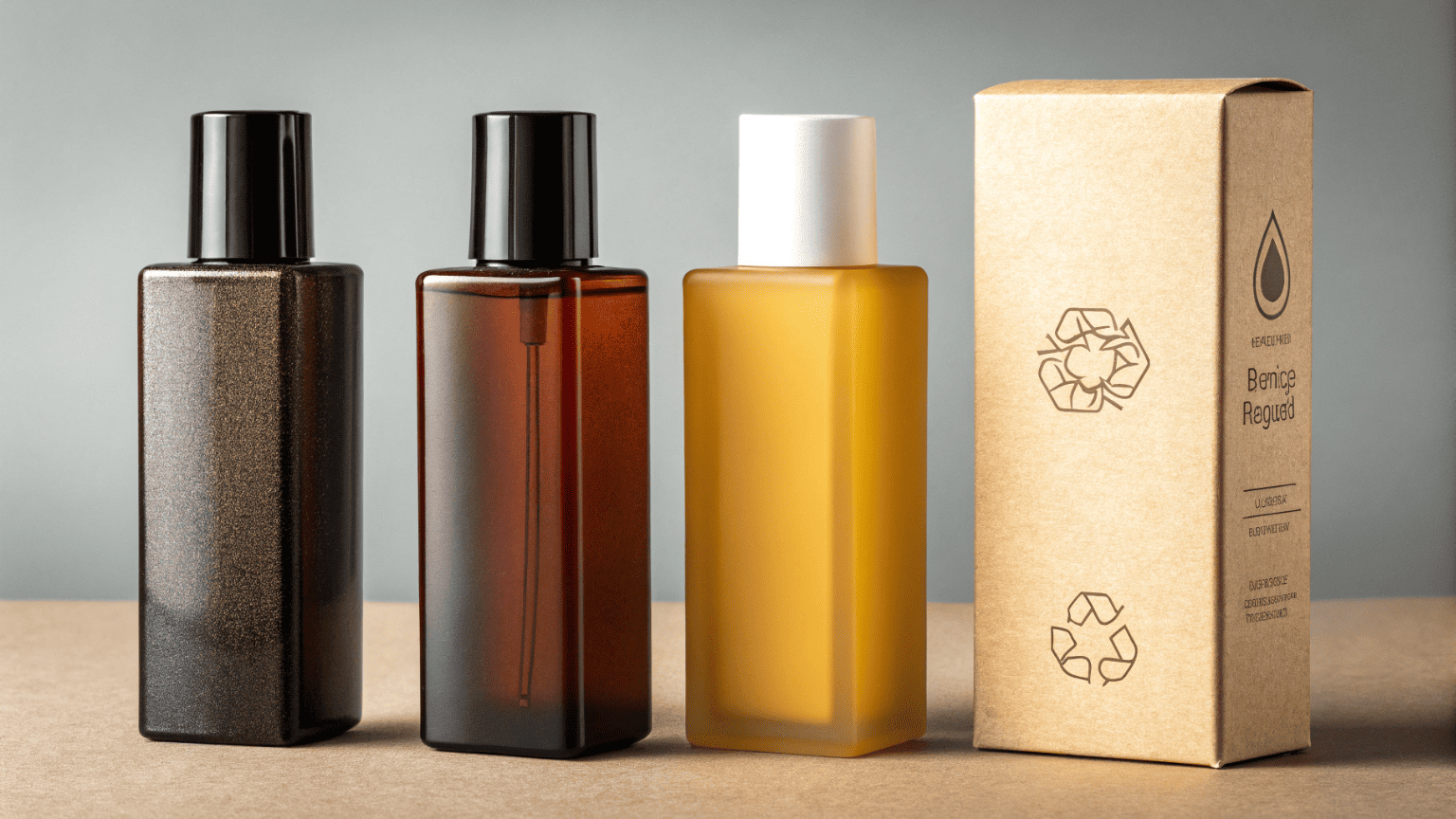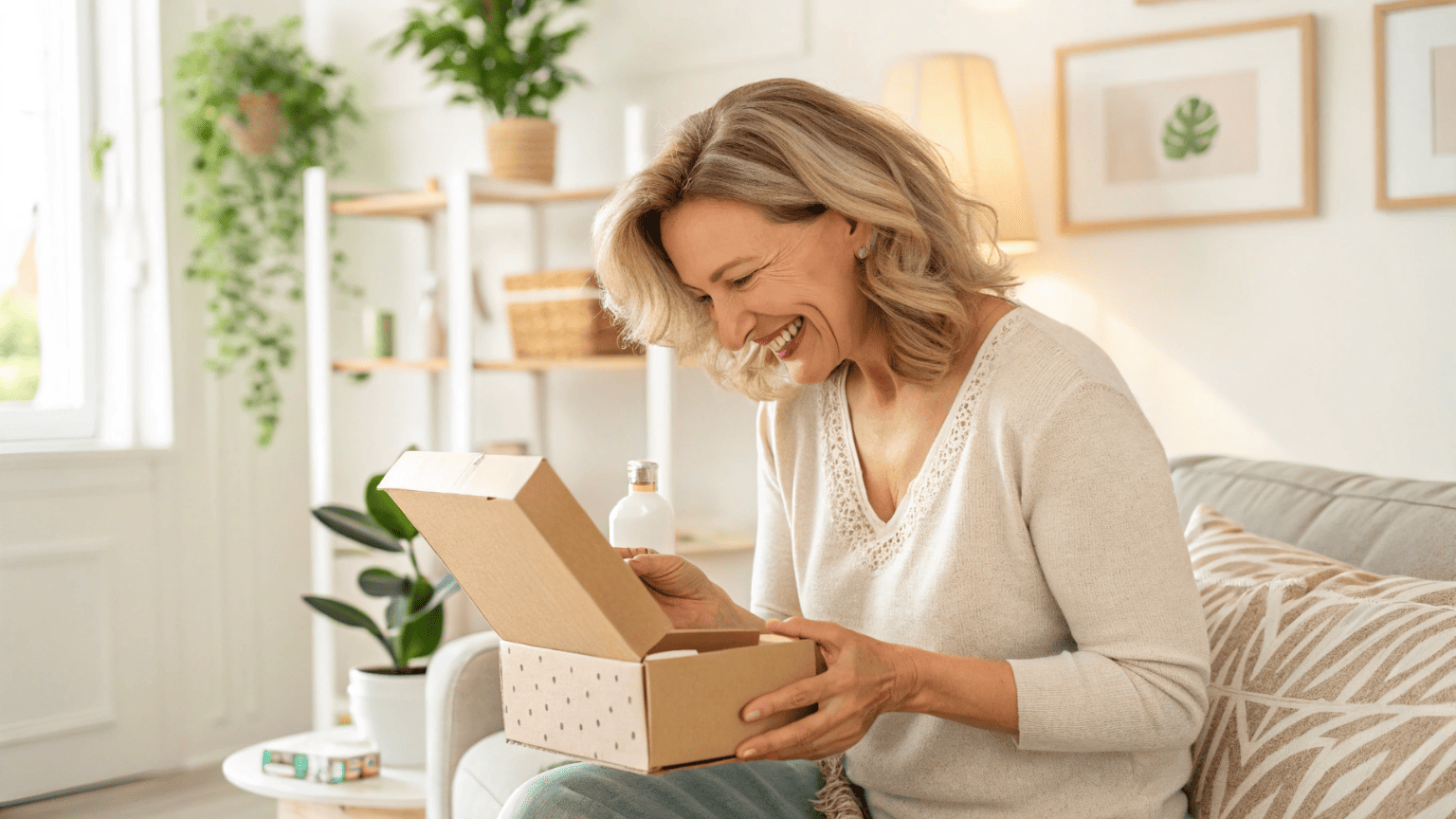
How Can Your Packaging Tell a Story That Sells Your Product?
November 4, 2025 • Mike Lee
Your packaging is well-designed, but it feels lifeless. It lists features and ingredients, but it doesn't connect with the customer on an emotional level, leaving it forgotten on the shelf.
Your packaging tells a story by using color, shape, texture, and typography as a language to communicate your brand's core message—whether it's about a founder's passion, an ingredient's origin, or a customer's transformation.

Your insight that storytelling resonates more with consumers is something I see proven every single day. I remember working with a brand that had a fantastic face oil made with marula oil sourced from a women's cooperative in Namibia. Their initial packaging was a simple, clean, minimalist bottle. It was nice, but it was silent. We helped them find their voice. We added a subtle, debossed pattern inspired by Namibian textiles to the box and chose an earthy, warm color palette. We didn't add a lot of text. We just let the design elements whisper the story of its origin. That small change transformed the product from a simple oil into a piece of a larger, more meaningful narrative.
How can you tell a story without using any words?
You know a story is important, but you're worried about cluttering your beautiful, minimalist design with too much text. Customers scan shelves quickly and don't have time to read paragraphs.
You tell a story without words by using a "visual vocabulary." Every design element—the color palette, the material's texture, the bottle's shape—is a word that communicates an idea or feeling instantly to the customer.

Think of your packaging components as the building blocks of your story. Long before a customer reads a single word, they have already felt something based on these cues. Your job is to make sure those feelings align with the story you want to tell. A cohesive visual story is incredibly powerful because it is processed emotionally and almost instantly.
| Storytelling Element | What It Can Communicate |
|---|---|
| Color | A palette of soft greens and browns tells a story of nature and organic ingredients. A stark black-and-white design tells a story of clinical precision and efficacy. A vibrant pink and orange tells a story of fun, youth, and energy. |
| Shape | A bottle with sharp, geometric angles tells a story of science and modernity. A container with soft, rounded curves tells a story of gentleness, comfort, and the human body. |
| Material & Finish | A heavy glass jar with a metal cap tells a story of luxury, permanence, and premium quality. A lightweight PCR plastic bottle with a matte finish tells a story of sustainability and understated modernity. |
By choosing these elements intentionally, you are already well into your story before the first word is ever read.
How do you find your brand's authentic story?
You feel pressure to create a compelling brand story, but you don't know where to start. You worry that anything you come up with will sound generic or inauthentic.
Your brand's authentic story already exists. It is found in one of three places: the Founder's "Why," the Ingredient's unique Origin, or the Customer's desired Transformation.

The best stories are true. Customers have a built-in radar for inauthenticity, so don't try to invent a story that doesn't fit. Instead, look inside your own brand for the powerful truth that is already there.
1. The Founder's 'Why'
Why did you start this brand? Was it to solve a personal skin problem? Was it a passion for chemistry you've had since you were a child? This personal mission is a powerful story. Your packaging can reflect this with a signature from the founder or a design that reflects their personal aesthetic.
2. The Ingredient's Origin
Where do your key ingredients come from? A volcanic island? A specific family-owned farm? The unique story of an ingredient's journey from the earth to the bottle is compelling. The packaging can use colors, patterns, or motifs from that region to tell this story visually.
3. The Customer's Transformation
Who is your customer and how do you want them to feel after using your product? Confident? Calm? Energized? Make the customer the hero of the story. The packaging's design should be an invitation to that feeling. A calming product line could use serene colors and soft-touch materials.
How does storytelling turn a product into a brand?
You have a great product with a nice package. But you notice that customers buy it once and then switch to a competitor's product that is on sale.
Storytelling creates an emotional bond that builds loyalty beyond price and features. When a customer buys into your story, they are no longer just purchasing a product; they are joining a tribe and expressing a part of their own identity.

A product solves a functional problem. A brand with a story solves an emotional one. This is the crucial leap that creates long-term value and customer loyalty. The package is the single most important physical artifact of your brand story. It’s the part of the story the customer gets to take home with them. When the story on your packaging is consistent with the story on your Instagram feed and your website, you build a cohesive "brand world." The unboxing experience becomes the first chapter of their personal journey with your brand. This emotional investment is what keeps a customer coming back. They are no longer just a "user" of a face cream; they are part of the "world" of your brand, a world that reflects their own values and aspirations.
Conclusion
Packaging that tells a story does more than hold a product. It creates an emotional connection that builds lasting brand loyalty and justifies the customer's choice in a crowded market.
Written by
Mike Lee
You may also be interested in:

Leak-Proof Design: How Can You Choose Reliable Spray Bottles for Travel Products?
You've spent months perfecting your new travel-sized product. You imagine customers loving it on their

What Truly Makes a High-Quality Spray Bottle? A Complete Buyer’s Guide
You need to source spray bottles for your product line, but you're overwhelmed. Two bottles

Why Is Sunscreen Packaging So Much More Challenging Than Regular Skincare Packaging?
You think a bottle is just a bottle, right? You assume the elegant packaging that

How Do You Choose the Right Sunscreen Bottle Packaging for Your Brand in 2025?
You have a fantastic new sunscreen formula, but now you're stuck. With so many tubes,